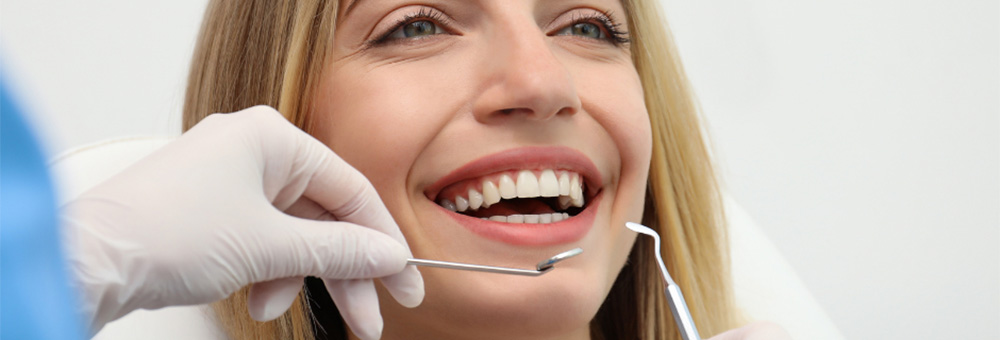You’ve just had your teeth professionally whitened — and your smile looks brighter than ever. It’s a great feeling, and one that many patients look forward to for a special event, photo shoot, or simply to feel more confident in day-to-day life.
But what happens next is just as important as the treatment itself. The first few days after whitening are critical for preserving your results — and yet, many patients accidentally undo their hard work with a few simple habits.
Here are five of the most common post-whitening mistakes — and how to avoid them so your new smile stays whiter, longer.
- Eating or drinking stain-prone foods too soon
After whitening, your teeth are temporarily more porous. That means they’re more likely to absorb colour from foods and drinks during the first 48 hours after treatment — sometimes even longer. Unfortunately, this is when most patients accidentally reach for the very things that dull their results.
Common culprits include:
- Coffee and tea
- Red wine
- Tomato-based sauces
- Berries
- Soy sauce
- Beetroot
- Curry and coloured spices
- Dark soft drinks and juices
If you must have them, use a straw (for liquids) and rinse your mouth with water afterwards. But ideally, stick to a “white diet” for a couple of days — think rice, chicken, cauliflower, yoghurt, bananas, and eggs. The more neutral the colour, the safer it is.
- Brushing too hard afterwards
You might think that brushing straight after whitening will help “lock in” the results or scrub away any leftover residue — but aggressive brushing can do more harm than good.
Your enamel may be slightly dehydrated and your gums more sensitive following treatment. Brushing too hard can cause discomfort, increase sensitivity, or irritate the tissue around the teeth.
Instead:
- Wait at least a few hours before brushing
- Use a soft-bristled toothbrush
- Avoid whitening toothpaste, which can be too abrasive
- Brush gently, using a circular motion
If you’re not sure what’s safe to use post-treatment, your dentist or oral health therapist can recommend the right products.
- Skipping follow-up trays or maintenance treatments
If you’ve had a take-home whitening kit or are using custom trays provided by your dentist, skipping the recommended top-ups can shorten your results.
The best way to maintain a bright smile is through consistency. Some patients need monthly top-ups, while others only need them every few months. It depends on your diet, enamel, and how quickly your teeth naturally re-stain.
A few ways to stay on track:
- Keep your trays clean and stored properly
- Set calendar reminders for your top-up schedule
- Ask your dentist when your next application is due
- Don’t overuse whitening gels — always follow professional advice
Maintenance is what separates temporary results from long-term brilliance.
- Forgetting that lifestyle habits matter
Teeth whitening isn’t permanent — and it works best when supported by good habits. Even the most advanced in-chair treatments can’t protect your teeth from daily exposure to staining agents, acids, and plaque.
To maintain results, aim to:
- Drink water regularly throughout the day
- Rinse your mouth after meals and coloured drinks
- Quit smoking, if applicable — tobacco stains are among the hardest to remove
- Keep up your brushing and flossing routine
- Visit regularly for professional cleans
It’s not just about appearance either — good oral hygiene keeps your gums healthy and your whole mouth fresher.
- Expecting whitening to fix everything
Whitening is powerful, but it isn’t magic. It can lift natural enamel shades — but it won’t change the colour of fillings, crowns, veneers, or areas with internal staining. If you’ve had work done in the past, your results might not be as even across all your teeth.
It’s important to talk to your dentist before whitening if:
- You have old fillings or restorations in visible areas
- You’ve had trauma to a front tooth
- You have sensitive teeth or enamel erosion
- You’re planning further cosmetic treatment (e.g. bonding or veneers)
That way, you can plan whitening around any future work and ensure the final result is consistent and balanced.
Whiter teeth, longer-lasting results
Professional whitening is one of the easiest ways to brighten your smile — but it’s what you do afterwards that determines how long the results last. With a little care and the right advice, you can extend your results for months (or even years) to come.
If you’re unsure about what’s safe after whitening, or if your results didn’t last as long as expected last time, we’re here to help.
Visit us to refresh your whitening plan, ask questions, or explore what’s possible next. A confident smile should be easy to maintain — and we’re here to make it simple.




